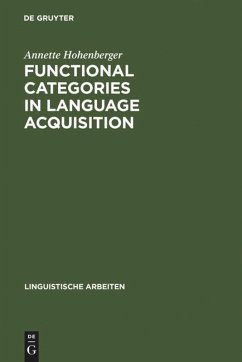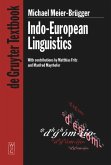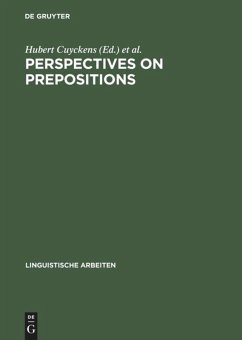This study investigates a model of syntactic derivations that is based on a new concept of dislocation, i.e., of 'movement' phenomena. Derivations are conceived of as a compositional process that constructs larger syntactic units out of smaller ones without any phrase-structure representations, as in categorial grammars. It is demonstrated that a simple extension of this view can account for dislocation without gap features, chains, or structural transformations. Basically, it is assumed that movement 'splits' a syntactic expression into two parts, which form a derivational unit but enter separately into the formation of larger constituents. The study shows that in this approach, if common assumptions about selection and licensing are added, a small and coherent set of axioms suffices to deduce fundamental syntactic generalizations that transformational theories express in terms of X-bar-Theory and various constraints on movement. These generalizations include, for example, equivalents to the C-Command Condition and the Head Movement Constraint, the 'structure-preserving' nature of dislocation, its 'economical' character, and elementary bounding principles.
Hinweis: Dieser Artikel kann nur an eine deutsche Lieferadresse ausgeliefert werden.
Hinweis: Dieser Artikel kann nur an eine deutsche Lieferadresse ausgeliefert werden.








